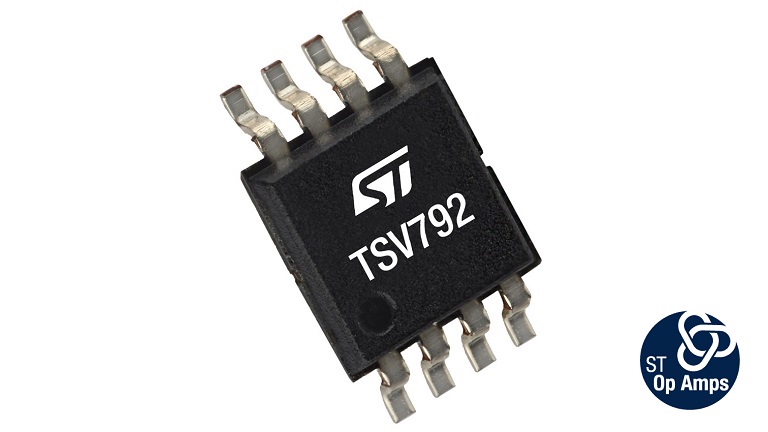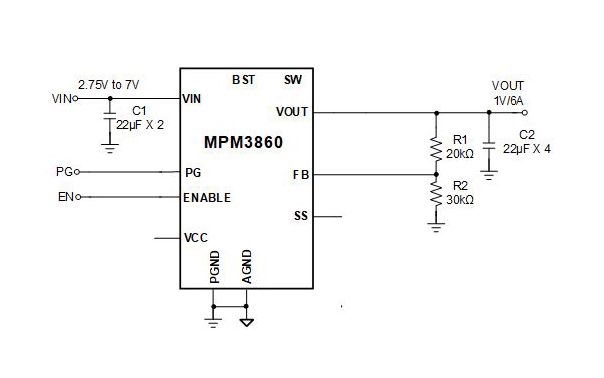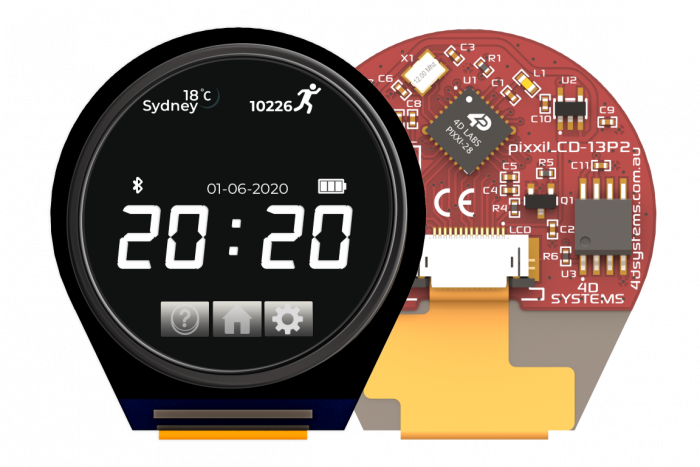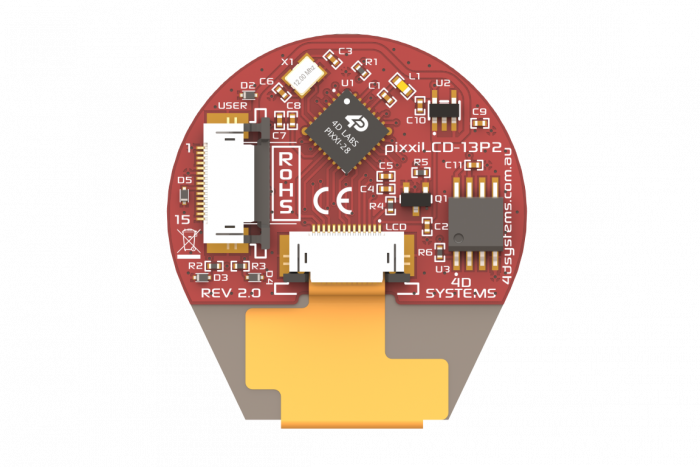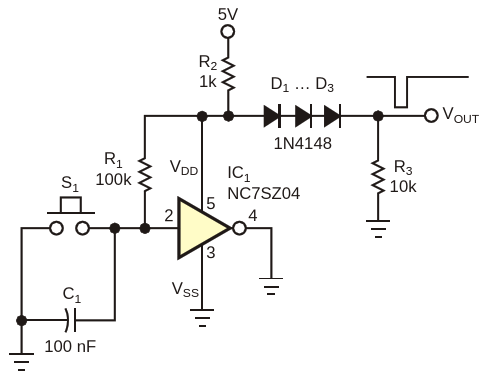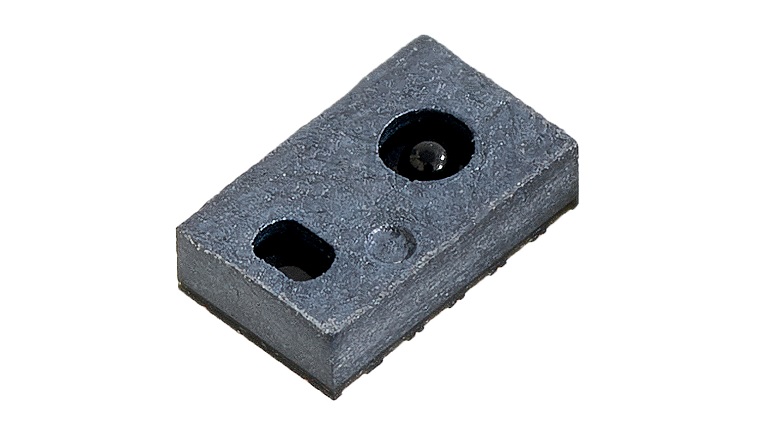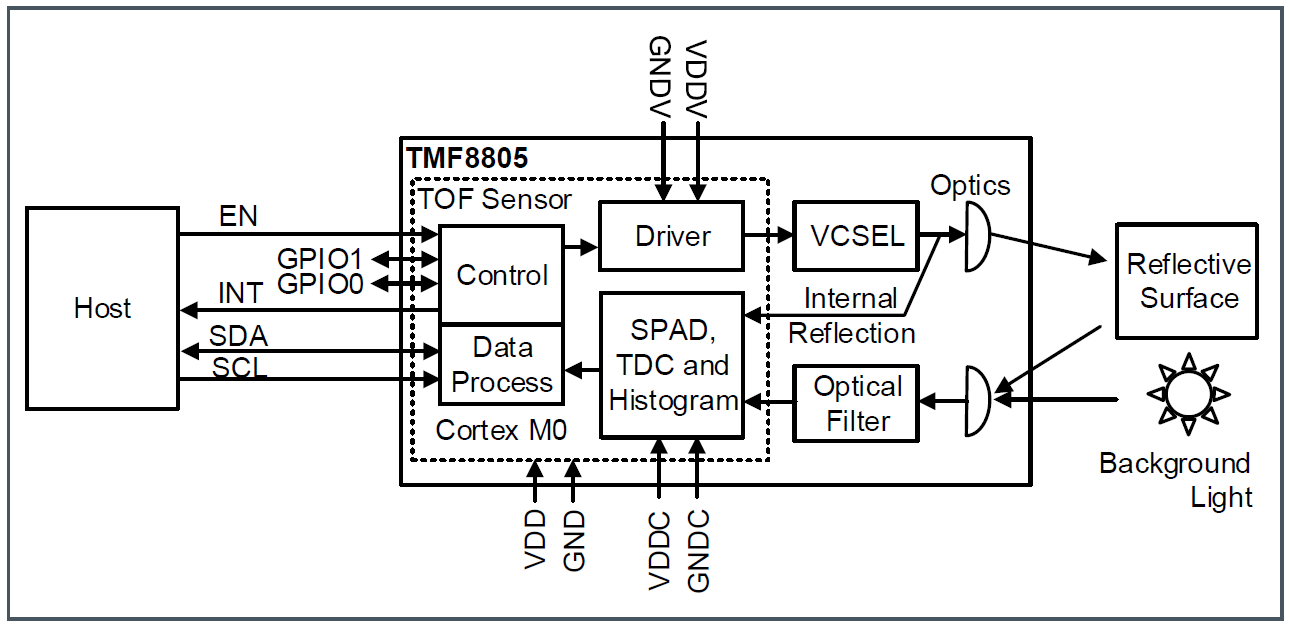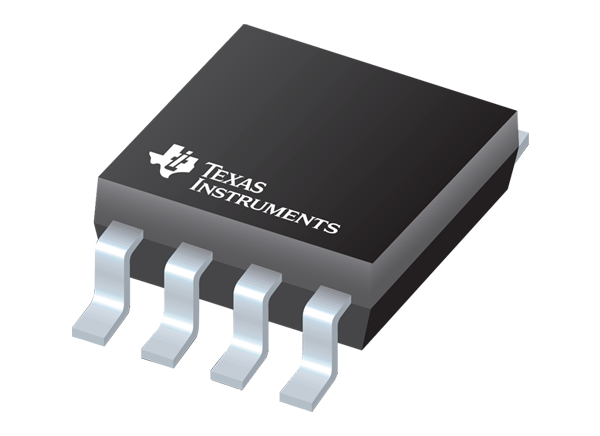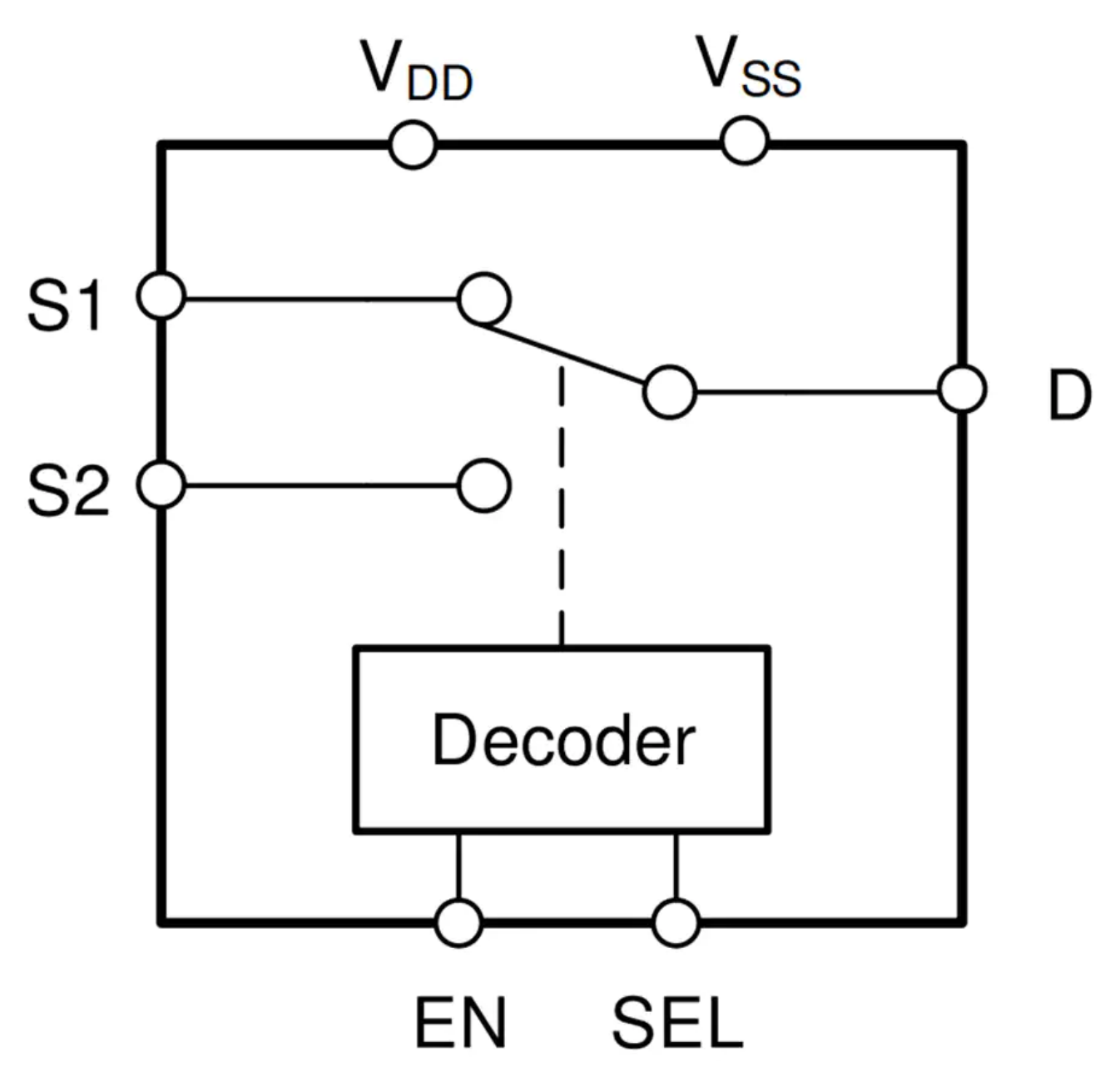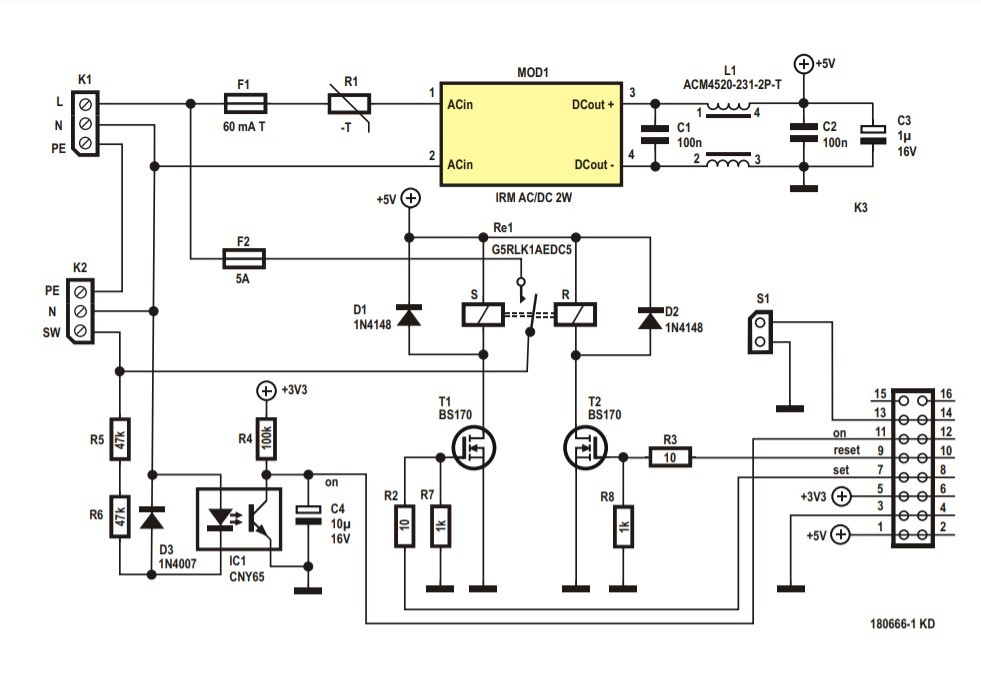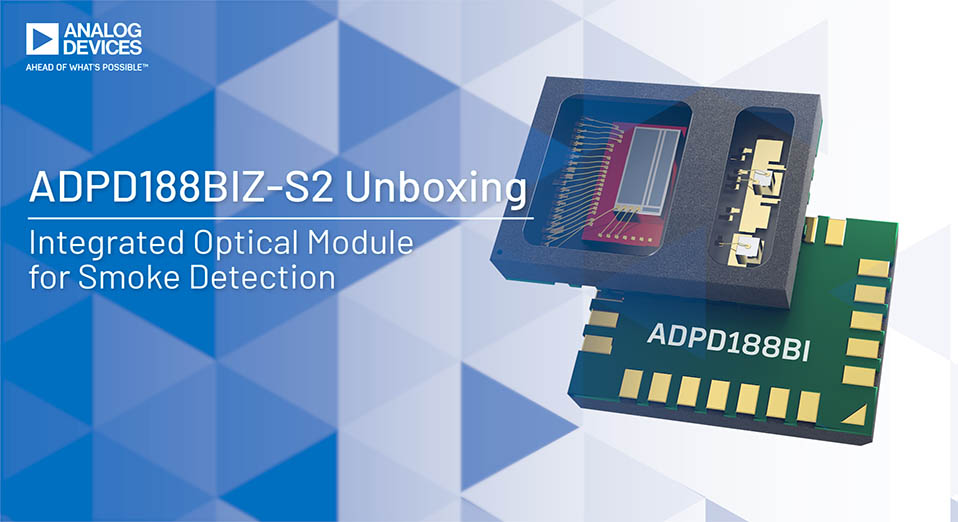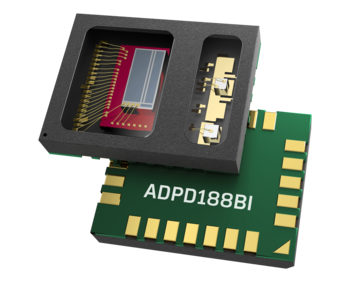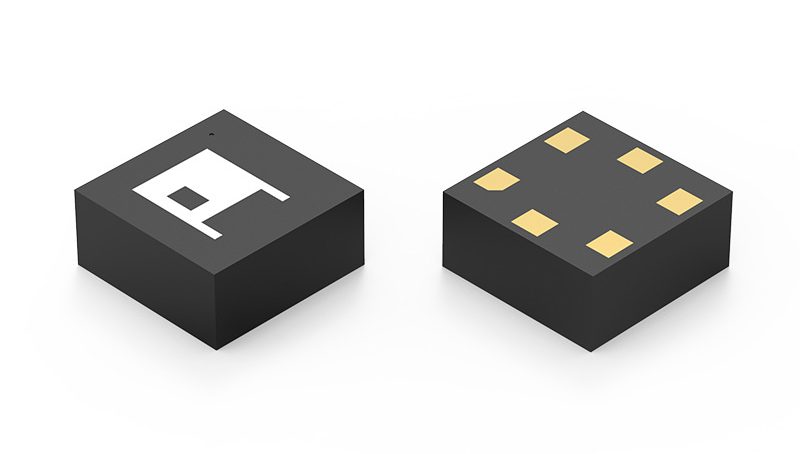If you need safe power to run your project, then this circuit is a possible solution for you. This project provides protection to your system device against over-current, over-voltage, under-voltage, thermal overload, and reverse current flow control to the system device. Basically, this project can play a key role between the power supply and the sensitive system device, where the system device will be protected against the above conditions. When there is a change other than the set parameters the circuit will disable the output and go in retry mode, until the condition is as per the set value. The project is built using MAX17561 chip. Refer to the datasheet to get further information. Refer to the schematic shown below and have look at some of the panorama of the project explained below.
High Accuracy Adjustable Overvoltage and Overcurrent Protectors using MAX17561 – [Link]



